
Traditional costumes and unique wedding rituals in "Tet in Hell Village" and "Soul Eater". Photo: DPCC
Take indigenous culture as the root
“In my opinion, whether it is a commercial or artistic film, the local element is really important to a film. It not only helps the film reach and create closeness with the audience, but also acts as a bridge to spread culture as well as contribute to creating the identity of the country's cinema,” said director Tran Huu Tan.
With that in mind, he incorporated Vietnamese cultural elements into his works through many materials: a familiar nursery rhyme in Bac Kim Thang ; water puppets, folk songs, traditional costumes, images of a mouse wedding during Tet in the hell village and Soul Eater … In the near future, the project Con Cam will also be inspired by the fairy tale Tam Cam . He said that even though he is making a horror film, he still has to show love, honor culture in the work and do everything as purely Vietnamese as possible.
Also in the horror genre, director Luu Thanh Luan was very successful with Quy Cau - a film inspired by the folk supernatural material "dog wearing a hat". In his next project - Linh Mieu (expected to be released at the end of this year), he exploits the Vietnamese folk supernatural legend of possessed ghosts.
“ The Lynx carries a strong message about karma combined with the beauty of Hue ceramic mosaic culture, a unique cultural feature of the Nguyen Dynasty. I believe that the folk material with inspiration from traditional culture, specifically Hue culture in the 1960s, about the division in status between men and women will be an interesting point in this project,” director Luu Thanh Luan promised.
It is not until now that Vietnamese filmmakers have become aware of the story of building identity and honoring Vietnamese culture through their works. In the success of the series Lat mat , the audience was very impressed with the bustling and colorful market in the Northwest highlands in Lat mat: Nha co khach ; the Mekong Delta with images of floating markets, Cham villages... in Lat mat: 48h ; the traditional mat-making profession in Dinh Yen in Lat mat 6: The fateful ticket ; the festival of Lang Than Nam Hai sea village... in Lat mat 7: A wish .
The movie "Gai gia lam chieu V" - Royal lives brought to the audience eye-catching footage through the setting, costumes, props... to highlight the unique tangible and intangible cultural values of Hue.
Most recently, The Last Wife also showed the production crew's efforts to restore Vietnamese cultural elements through the actors' costumes and accessories, the film's settings... Even some Vietnamese films that have recently won major international awards such as Rom, Inside the Golden Coon, Glorious Ashes ... are imbued with Vietnamese character, not only from the film's settings but also in the character building and the interweaving of many typical regional cultural elements.
Vietnamese cinema has begun to have a name and be mentioned at many major film festivals because the films are made in a more correct process, connecting with many producers and investors in many different countries. Through these connections, the films meet more standards and criteria. In addition to meeting artistic criteria and making new discoveries , filmmakers have also learned how to go to major film festivals in a systematic way.
- Director Luong Dinh Dung said.
Effort to go far
In recent days, the Vietnamese box office has witnessed a fever from the highest-grossing movie at the Thai box office in 2024 - Grandma's Legacy . A family story that seems too familiar and old-fashioned is shown through a simple lens, giving way to emotions to lead the audience.
That is why the film is welcomed not only in Vietnam but also in many other Southeast Asian countries. The key to success from The Legacy of Foreigners is simple in theory, but to realize it… is incredibly difficult.

Cham festival in Chau Doc, An Giang is recreated in "Flip side: 48H"
According to director Luong Dinh Dung, the first factor when he evaluates a film is identity and discovery.
He believes that a film is also a work that explores something in life or in imagination. Then, using the language of cinema to tell stories, how to select indigenous cultural materials that are both unique, familiar but at the same time popular is no small challenge. Looking more broadly, many films that have won major awards have stories that seem very local but behind them are very humane issues. In terms of box office, successful works must also satisfy the needs of the majority of audiences, at least in terms of entertainment.
In response to the question “How to harmonize indigenous and international elements in the same work?”, director Tran Huu Tan said: “I think that indigenous elements need to be kept original, it is difficult to harmonize with international elements. Because if it is just a little different, it cannot be called indigenous. Perhaps the international element here should be understood as filmmaking techniques, machinery… As for the core values and cultural elements of the film, it is necessary to keep it original.”
According to director Luong Dinh Dung, the quality of Vietnamese films is relatively “inconsistent”. In terms of basic techniques, Vietnamese cinema is quite close to other countries in the region in some film genres; some films that require large staged scenes such as historical films, war films or complex cinematography… are still quite far from the world for many different reasons.
Besides, the lack of adequate attention for independent filmmakers is also different and not close to other film industries when they are trying to support filmmakers, creating fulcrums to help filmmakers reach out to the world.
Source


![[Photo] National conference to disseminate and implement Resolution No. 66-NQ/TW and Resolution No. 68-NQ/TW of the Politburo](https://vphoto.vietnam.vn/thumb/1200x675/vietnam/resource/IMAGE/2025/5/18/adf666b9303a4213998b395b05234b6a)




![[Photo] General Secretary To Lam visits exhibition of achievements in private economic development](https://vphoto.vietnam.vn/thumb/1200x675/vietnam/resource/IMAGE/2025/5/18/1809dc545f214a86911fe2d2d0fde2e8)






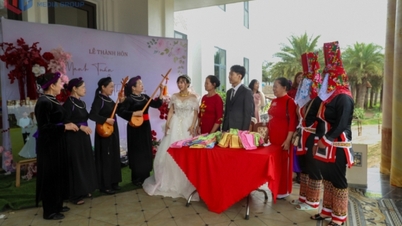


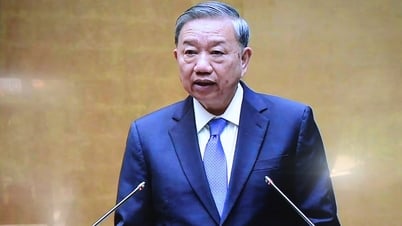
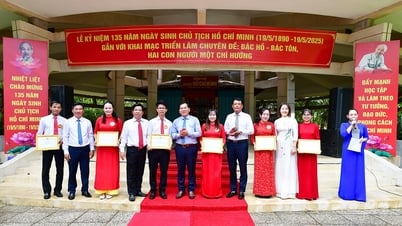



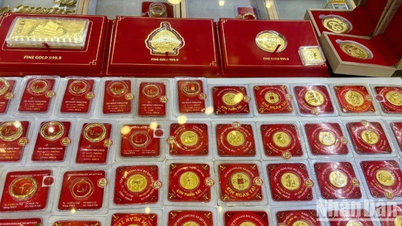
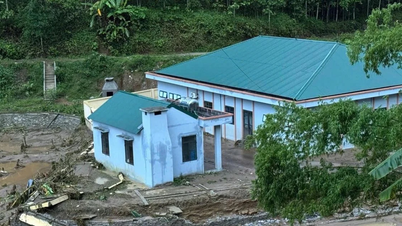






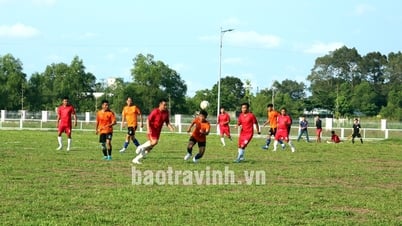

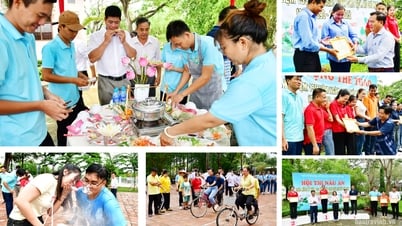
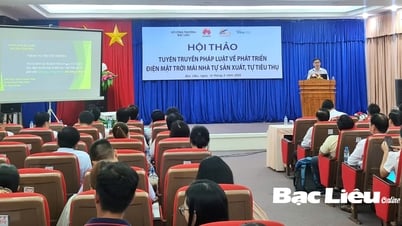













































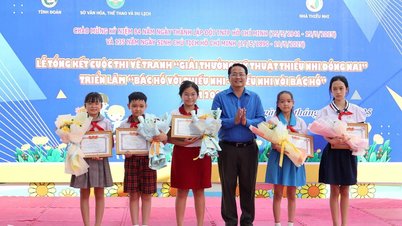

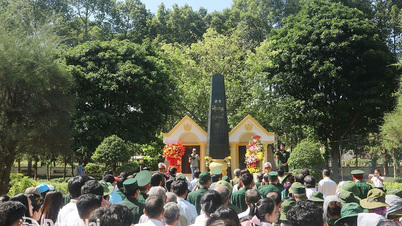
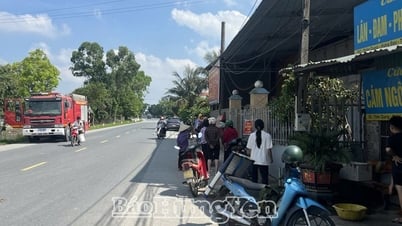

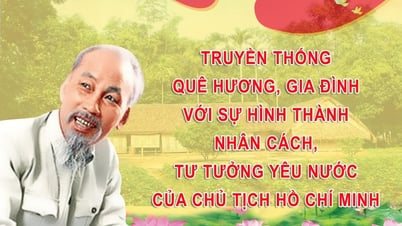











Comment (0)